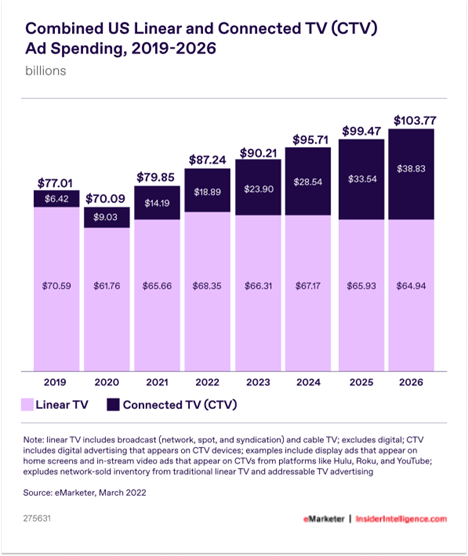HubSpot’s INBOUND conference is one of the busiest and most influential marketing gatherings in North America every year. This year, Creative Circle sent two of our best and brightest operations leaders, Devin Daniel and Ben Dabdoub, to rub shoulders and gather insights firsthand.
Here are Devin and Ben’s three key takeaways from three full days of presentations and conversations with top marketing leaders.
1. AI is everywhere, and it’s here to stay.
The message was loud and clear: AI isn’t coming, it’s already here, and it’s transforming every corner of marketing, sales, and the customer experience. And — sigh of relief — it’s not eliminating marketers; it’s being fully integrated into workflows to enhance their impact.
“AI is more than just a tool in your toolbox; it’s getting so much deeper than that,” says Ben.
For marketers, this means moving beyond experimenting with ChatGPT or automating email subject lines. It’s time to operationalize AI — embedding it into content creation, audience segmentation, and performance analysis.
Here’s a few ways to start building that partnership:
- Content at scale: AI can help draft outlines, repurpose longform content into bite-sized assets, and personalize messaging for different audience segments.
- Predictive insights: Use AI-powered analytics to forecast campaign performance, identify emerging trends, and make data-backed decisions faster.
- Customer journey mapping: AI can help visualize and optimize the customer journey by analyzing behavioral data across touchpoints.
Developing a clear AI strategy should be at the forefront of every leadership discussion. Neither team leader nor individual contributor should be ignoring the technology, and everyone should be armed with the training to deploy it.
2. Answer Engine Optimization (AEO) is the new SEO, and it’s changing how customers find you.

AEO is the practice of optimizing content to be discoverable by AI-driven answer engines, such as Google’s featured snippets, voice assistants (like Alexa and Siri) and ChatGPT.
At INBOUND, one stat kept surfacing: Nearly 60% of Google searches now result in zero clicks. HubSpot Senior Director of Global Growth Aja Frost said, “It’s kind of bonkers. For a long time, Google has been the most predictable way to drive traffic and demand to your business.”
Today, users are getting answers directly from AI-powered overviews, without ever landing on your website. Traditional SEO, built around keywords and rankings, is no longer enough.
“Instead of chasing clicks, focus on building trust with content that directly answers your customers’ questions,” is the advice Devin said she’ll be sharing with her clients. “And it should live in the places where those questions are being asked,” Devin adds.
To position your brand for AI-conversion, you must:
- Create clear authoritative content that AI can easily extract and summarize.
- Can ChatGPT clearly articulate what your company does, who it serves, and why it’s better than your competition?
- Focus on natural language (the way people actually speak) and long-tail keywords that reflect how people are using voice search or AI tools.
- Publish on people-driven platforms like YouTube, podcasts, and social media platforms where users ask and answer questions, such as TikTok, LinkedIn, and Reddit. AI tools prioritize this type of content!
3. The marketing funnel is not linear.

Marketing leaders have been saying this for a while, and at INBOUND, they drove the concept home.
Traditionally, marketers imagined the customer journey as a straight path. But today, especially in an AI-influenced world, buyers don’t move through a linear funnel — they jump between stages, circle back to earlier steps, and discover through unexpected channels.
Enter HubSpot’s new coined concept: Loop Marketing.
It’s a customer-centric strategy that replaces the traditional marketing funnel with a continuous cycle of engagement, where marketing, sales, and service teams collaborate to attract and engage customers in an ongoing loop.
The four-step framework has AI weaved in at every stage:
- Express: Define your brand voice and core message before turning to AI to output.
- Tailor: Make your message feel truly personal, not just personalized.
- Amplify: Ensure you’re discoverable across the channels your buyers trust.
- Evolve: Use real-time insights to optimize and adapt continuously.
Ben describes Loop as, “Humans working with AI to be faster, more prescriptive, and more predictive.” Devin says, “Unlike the funnel, which ends at conversion, Loop Marketing keeps the conversation going.” This cyclical pattern is crucial because it mirrors how modern consumers interact with brands.
Final Thoughts
INBOUND 2025 made one thing clear: the future of marketing is human-AI collaboration.
At Creative Circle, we’re in the business of connecting forward-thinking brands with future-ready talent. Whether you’re hiring or freelancing, we’re here to help you navigate the shifts and embrace what’s next.
Sources: HubSpot’s Spotlight with Yamini Rangan and Karen Ng, AI Broke Your Marketing


